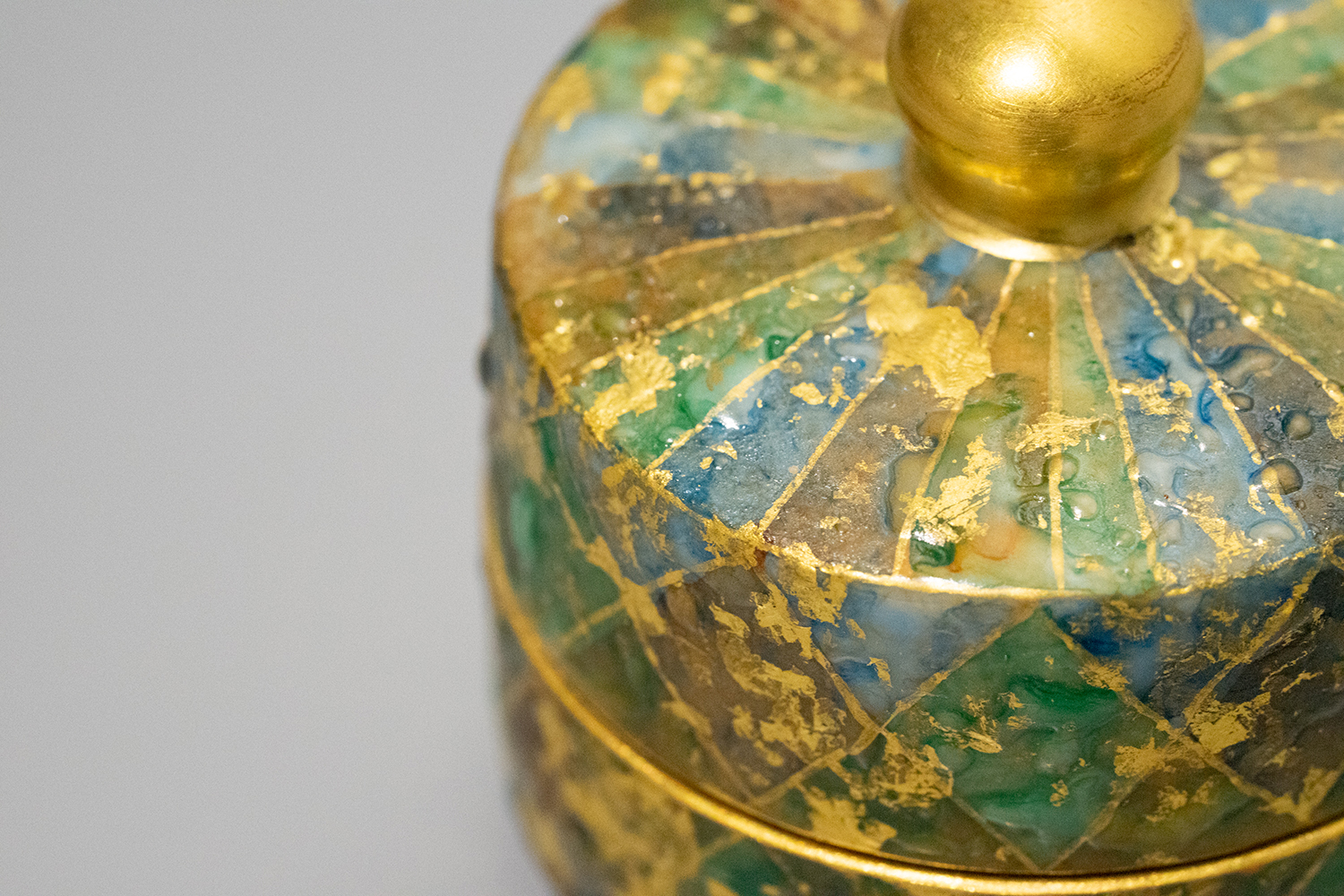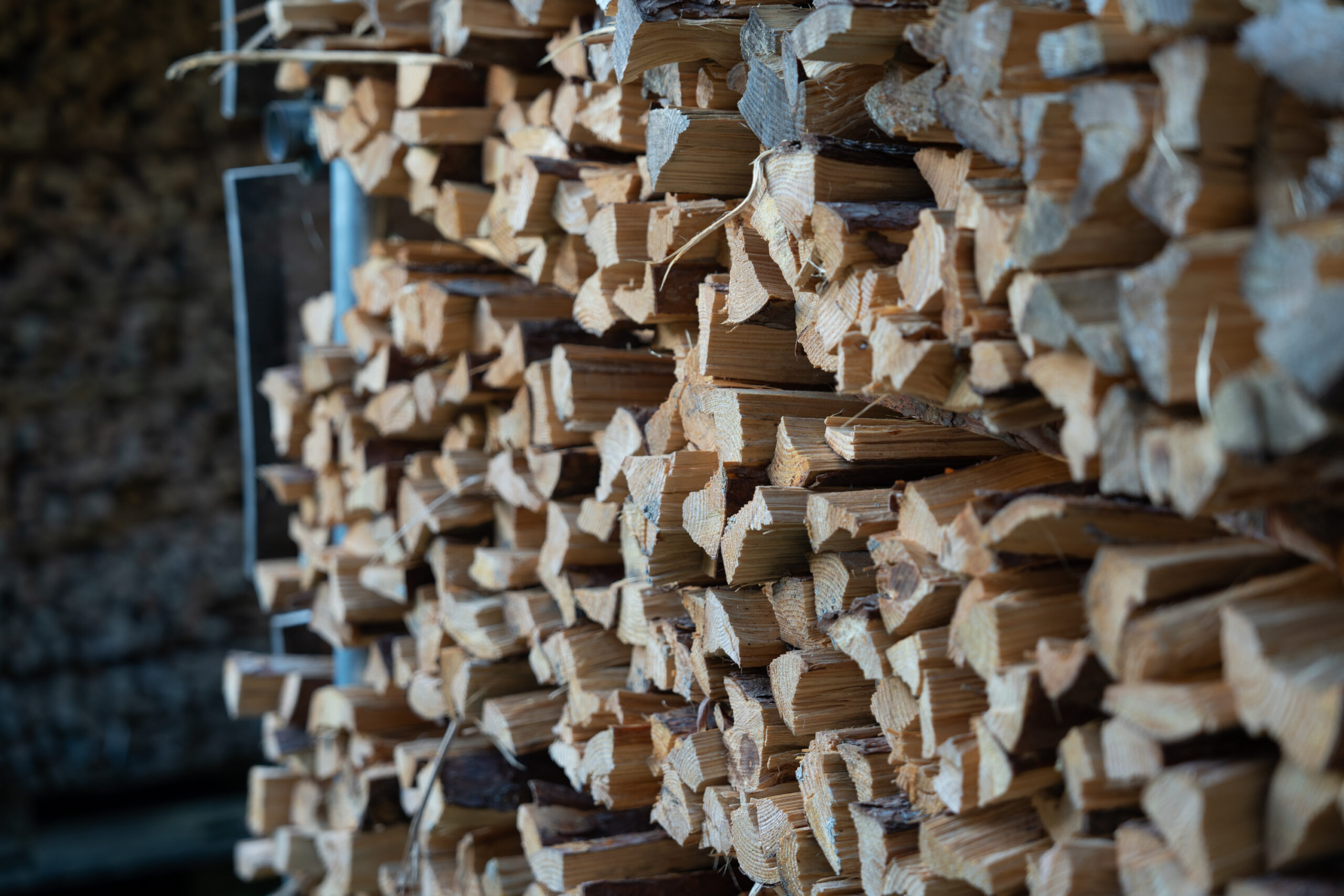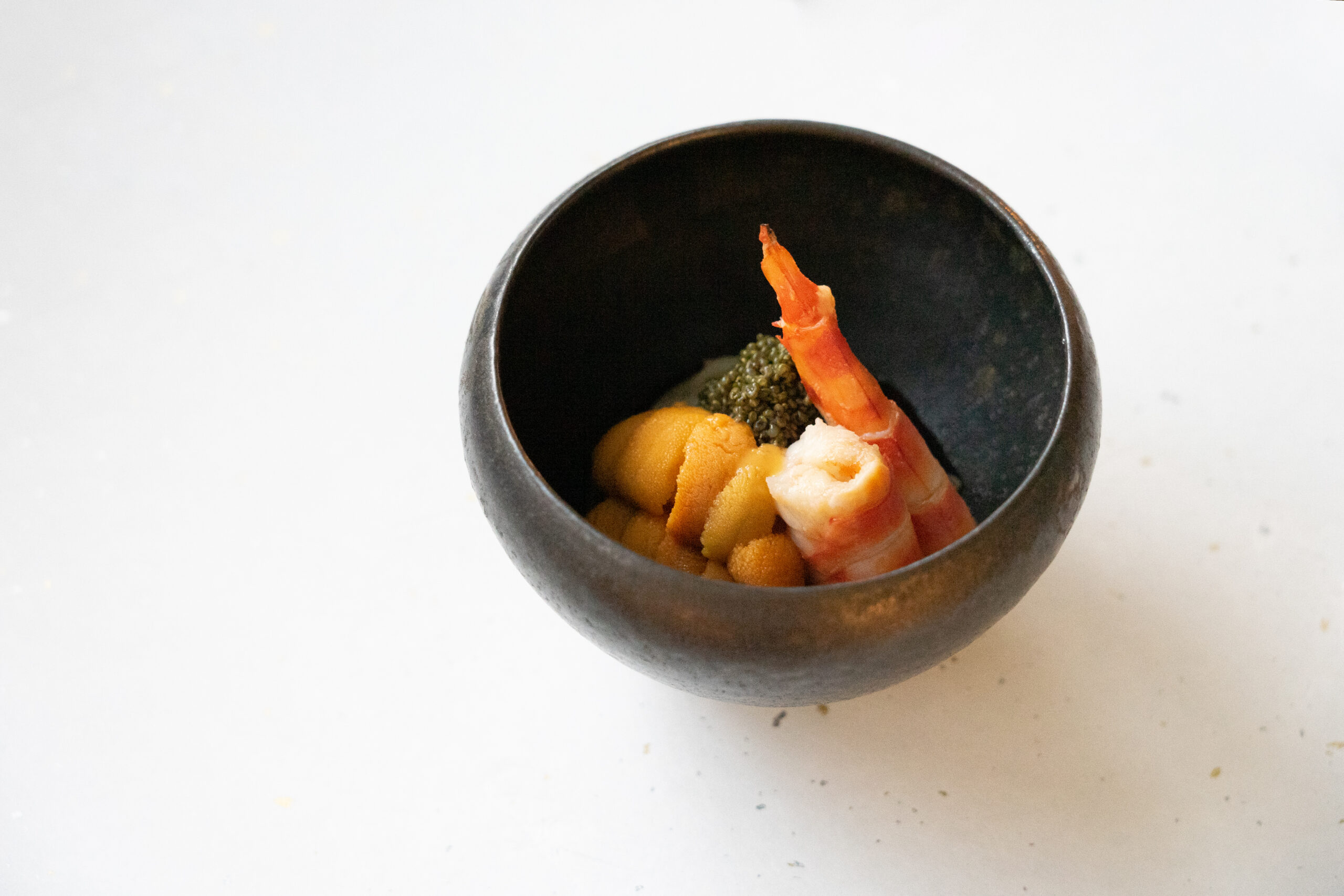When we tell our customers that we showcase Japanese crafts, they sometimes ask what is the difference between arts and crafts. Certain crafts are sometimes referred to as “artistic crafts” and they are largely seen as a form of art since they have inherent aesthetic as well as utilitarian value. In general, however, “arts” are those that are created more purely for aesthetic appreciation, such as paintings and sculptures.
On the other hand, crafts are valued for their practicality and are fundamentally “tools for everyday living”. For example, lacquer soup bowls, no matter how beautifully decorated, they are still designed to be used as soup bowls. Nowadays, you can also find some artistically very valuable works such as tea bowls that are used in the tea ceremony and akae (“red painted”) style Kutani ware which seem not to have given much consideration to practicality; however these are not in essence crafts, but are probably more properly considered as arts. Crafts give you a pleasure of aesthetic beauty, but what is so wonderful about them, and to me their greatest attraction, is how they age well and how their beauty grows as time passes and as they are used day in and day out.
Crafts are also sometimes called “traditional crafts” or even, in Japanese, zakka (“general goods.”) But when we started our gallery, I decided to do my utmost to avoid using the words “traditional” or “general goods.” A store that sells utensils and textiles is sometimes called a “general store”, but I have a very hard time accepting the idea of calling these works that are fashioned with the utmost care “general goods”. Similarly I struggle with the idea of selling items that emphasize so much on being “traditional” that they do not quite fit in with the way we live today. I also think that we should avoid using the word “art” too often. In English, the word “art” is used to refer not only to works of art, but also in various other contexts related to spirituality and people’s ways of life. In Japan, however, “art” is defined more by its visually artistic character, and so does not quite fit with the common conception of crafts.
In that regard, the idea of “The Beauty of Everyday Things” that Soetsu Yanagai suggested in the folk art movement was more important than anything else. It would not be an exaggeration to say that this word breathed new life into the world of crafts in Japan. Furthermore, modern crafts give a different fascination from arts in that, although both are created by people, crafts are intrinsically connected with nature and rooted in regional characteristics. Times have changed drastically since when regional manufacturing in harmony with nature was the norm, but once again the depth of Japanese local cultures have been reminding us how important those connections are.
Personally, it doesn’t really matter to me whether people refer to something as art or craft, or how they use it. But I really think that delving more deeply into the essential meaning of the word “craft” would enable people to see things from a different and wider perspective. We are so used to things like mathematics that have single correct answers, and this is exacerbated these days by being surrounded by digital technologies. In contrast, the realm of nature is more ambiguous, and there are certain fundamental questions that human beings cannot answer. A craft is not something created by a single person in isolation; rather everything is born from an interconnected chain of elusive, ungraspable beauty.
Text: Yusuke Shibata
Work: Kinrandesaishoku Tobako (Gold-painted with porcelain container) by Kinzan gama




